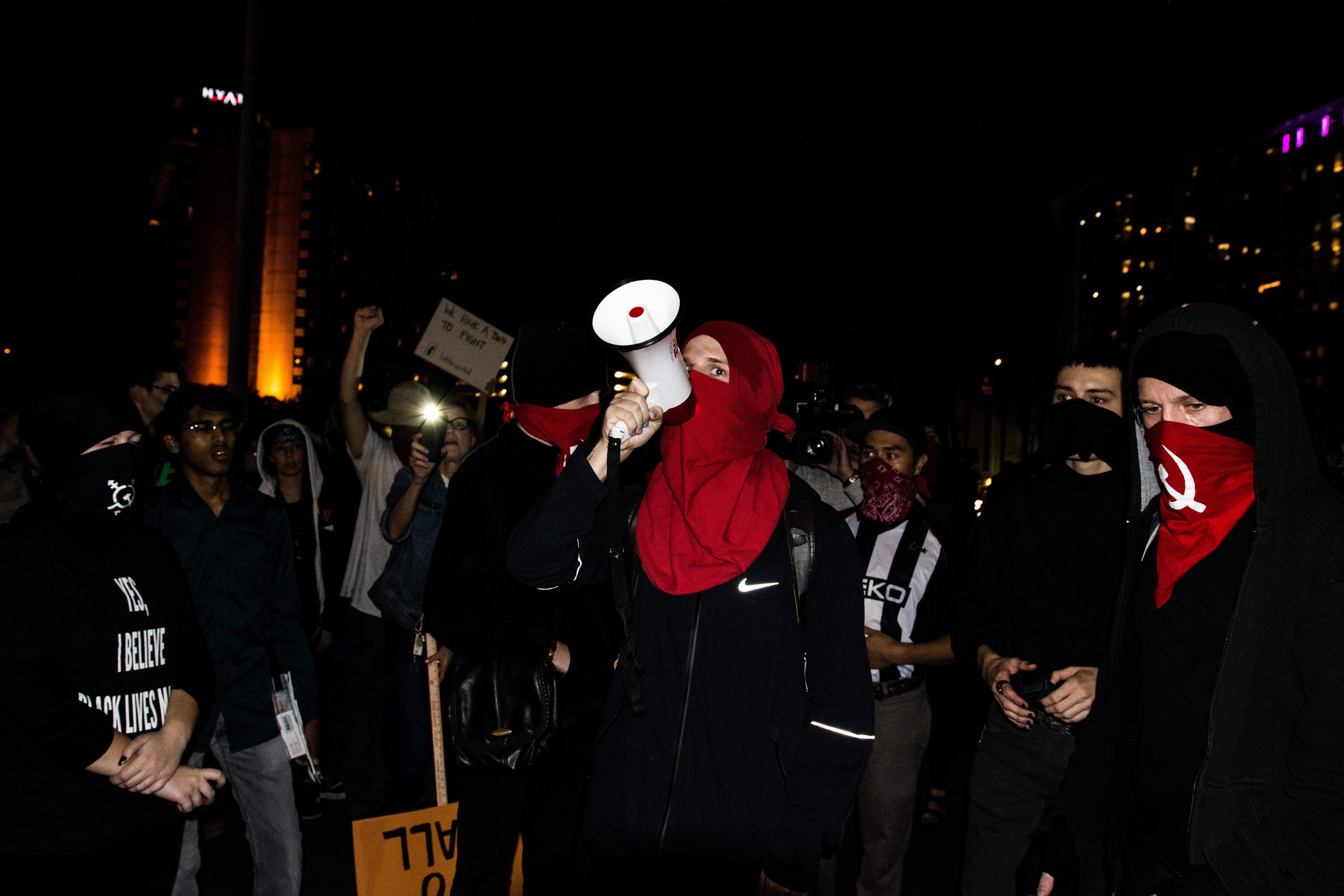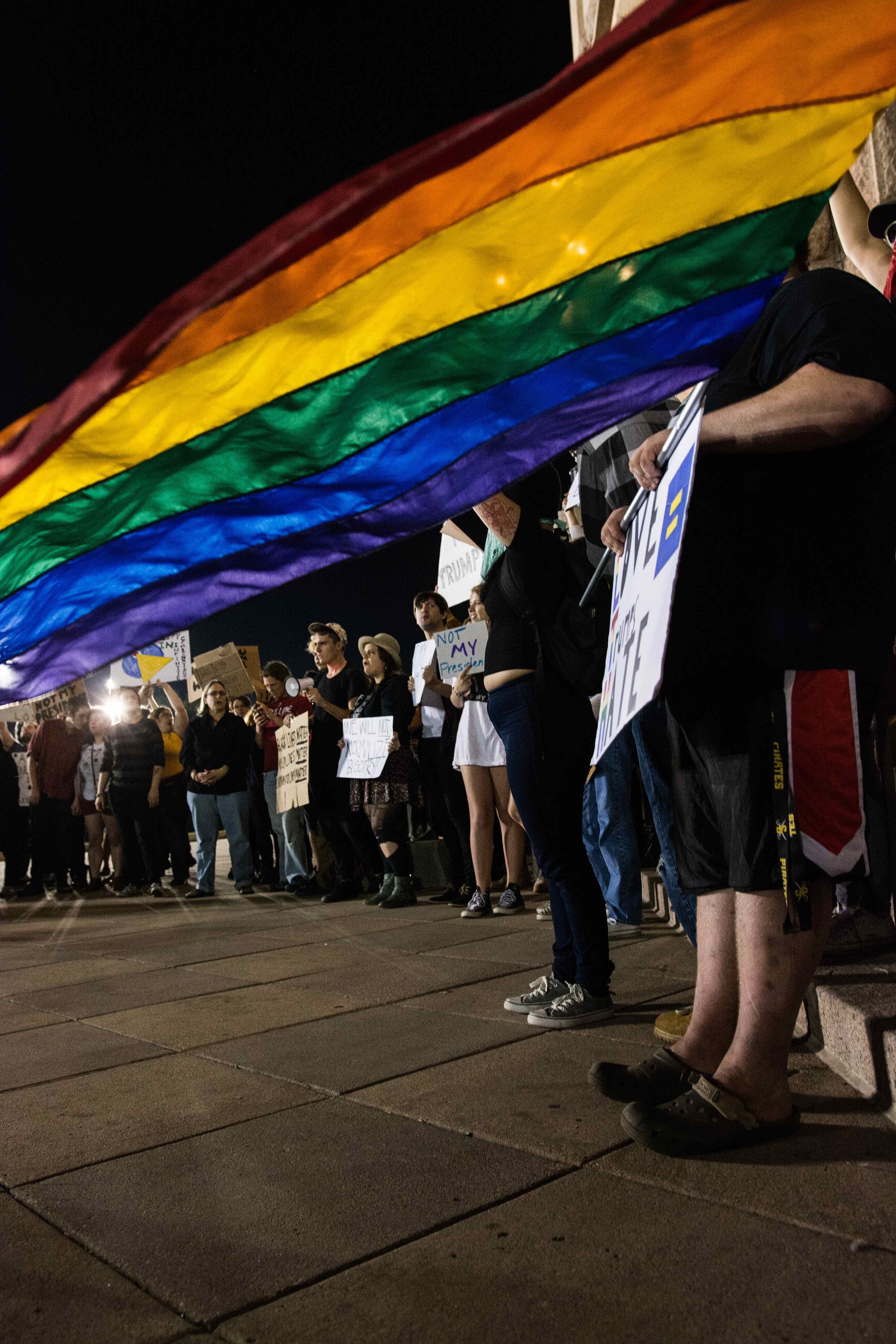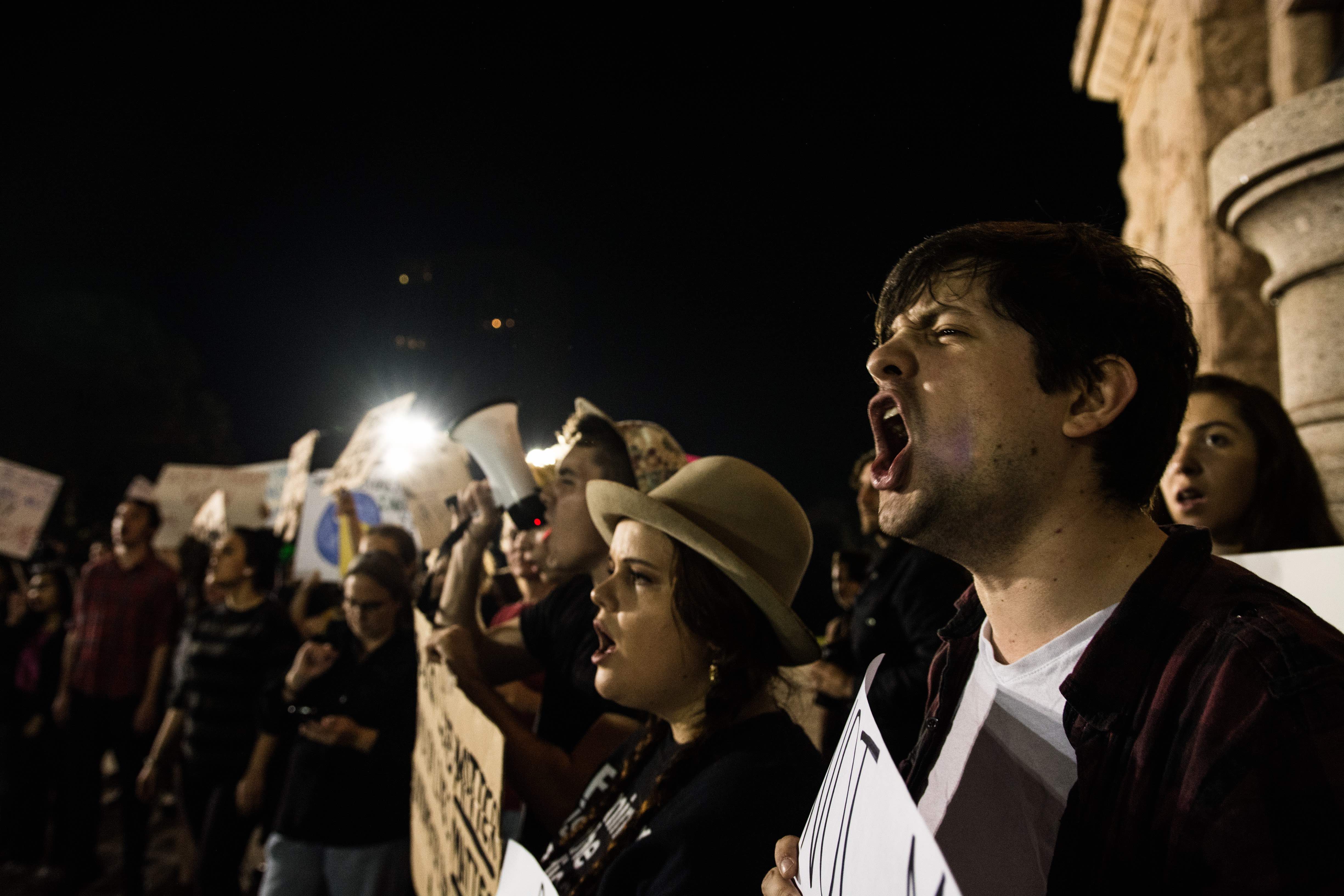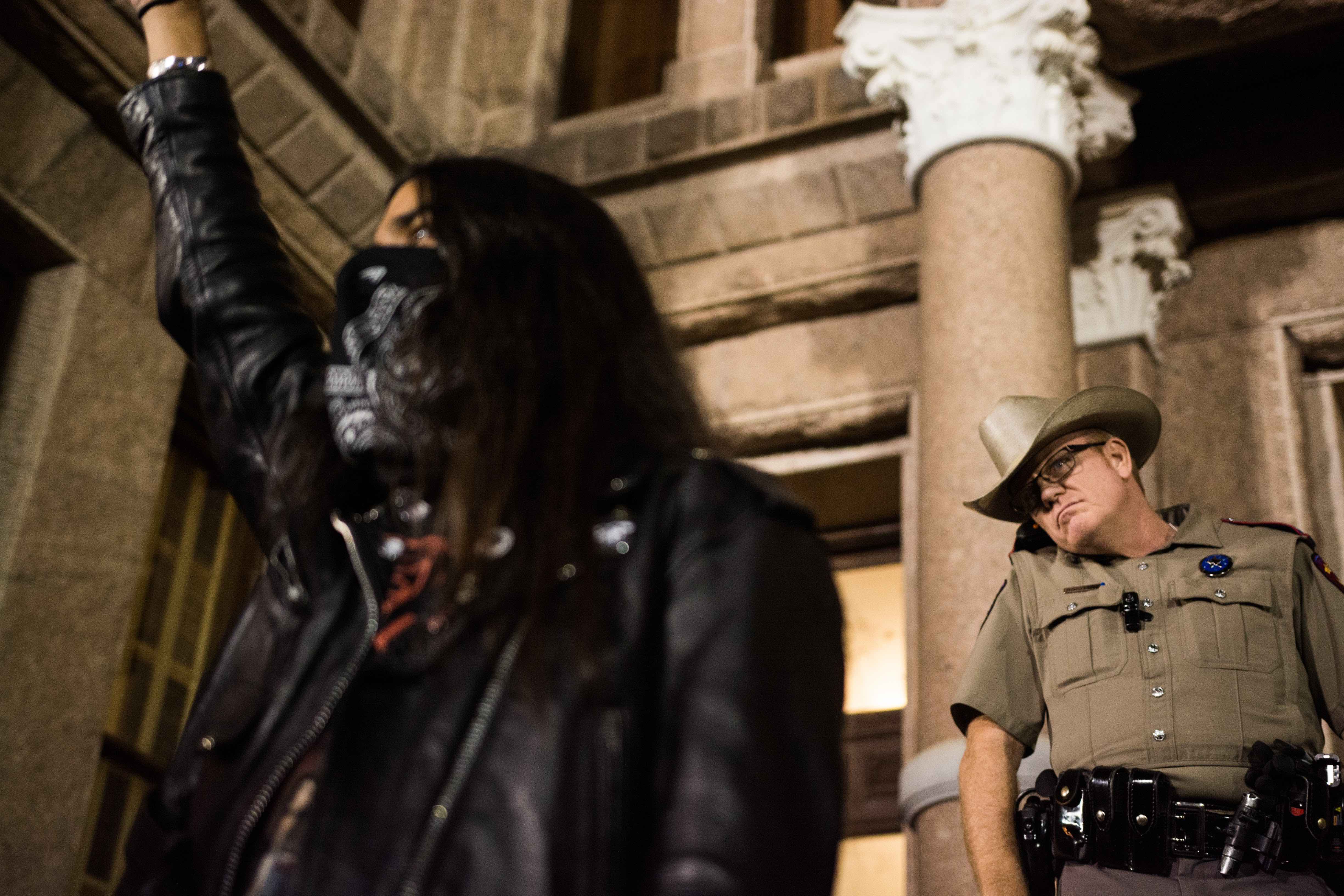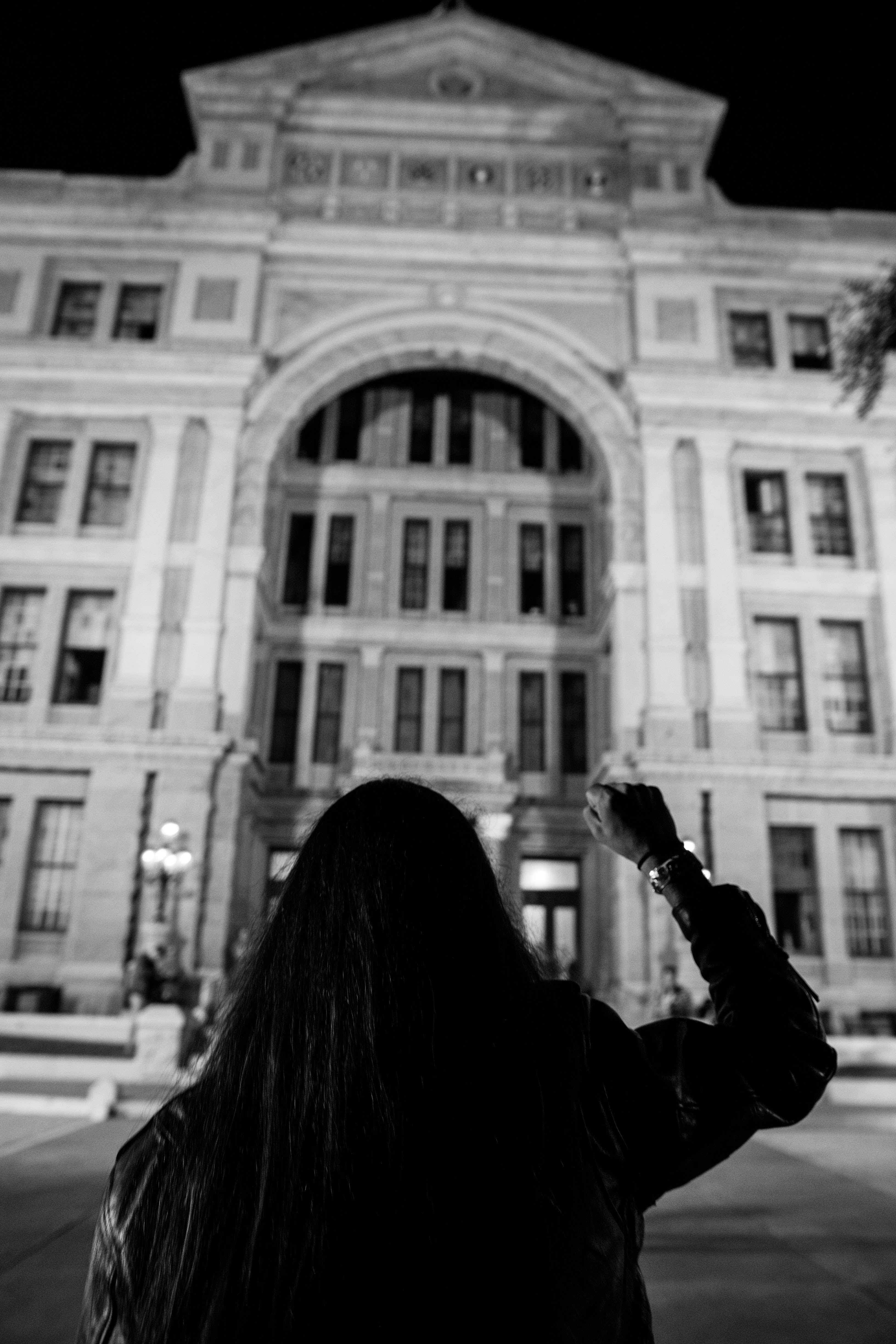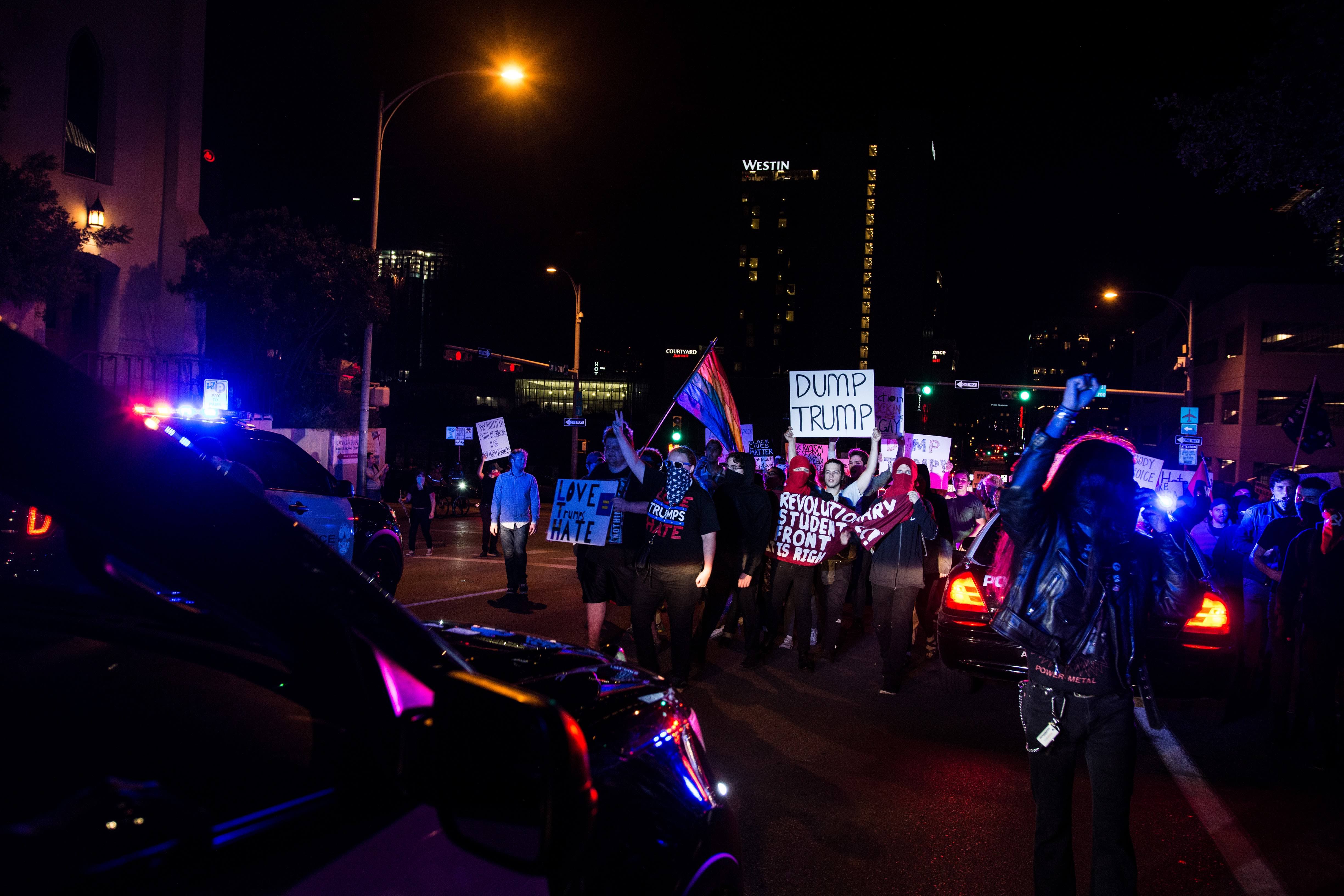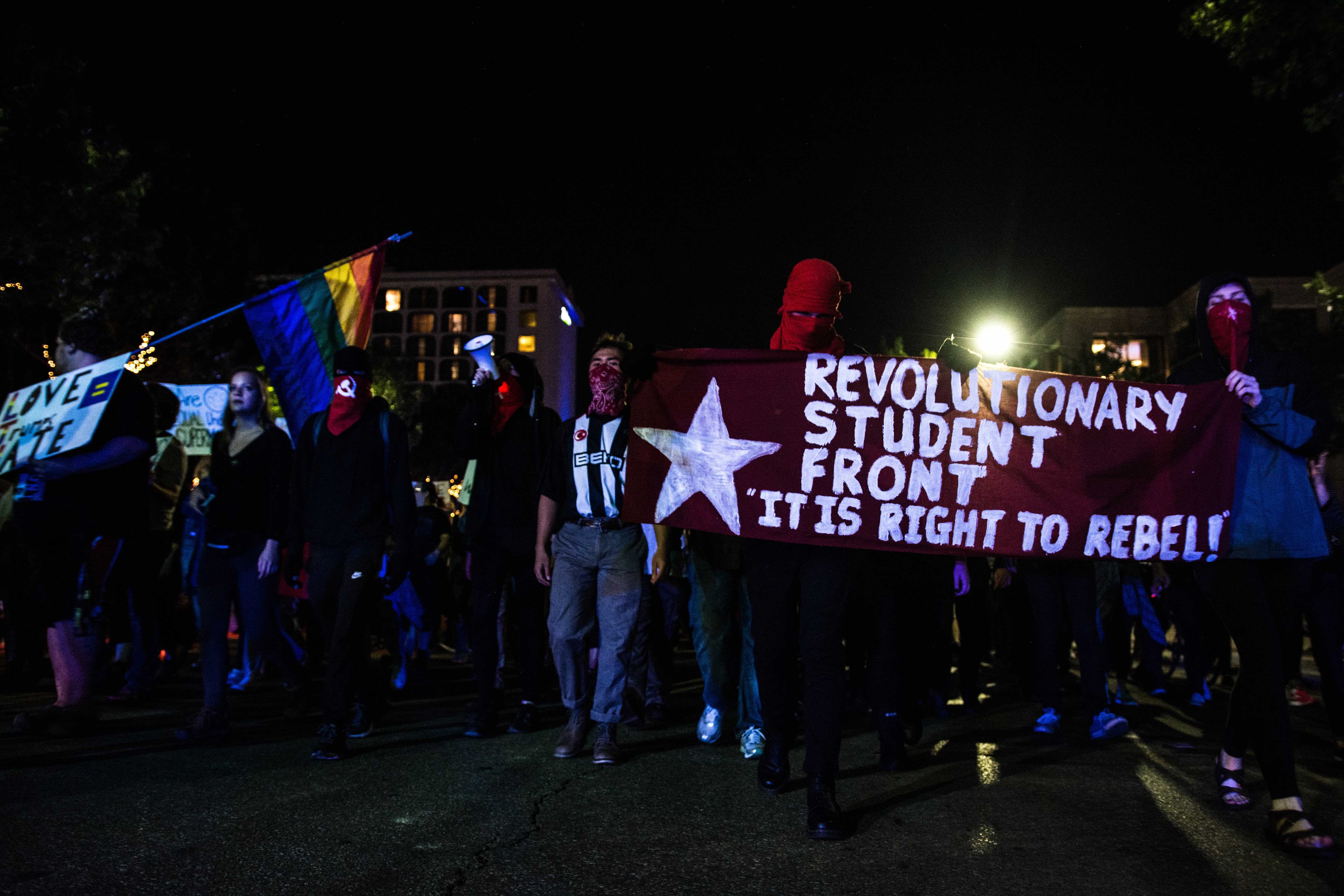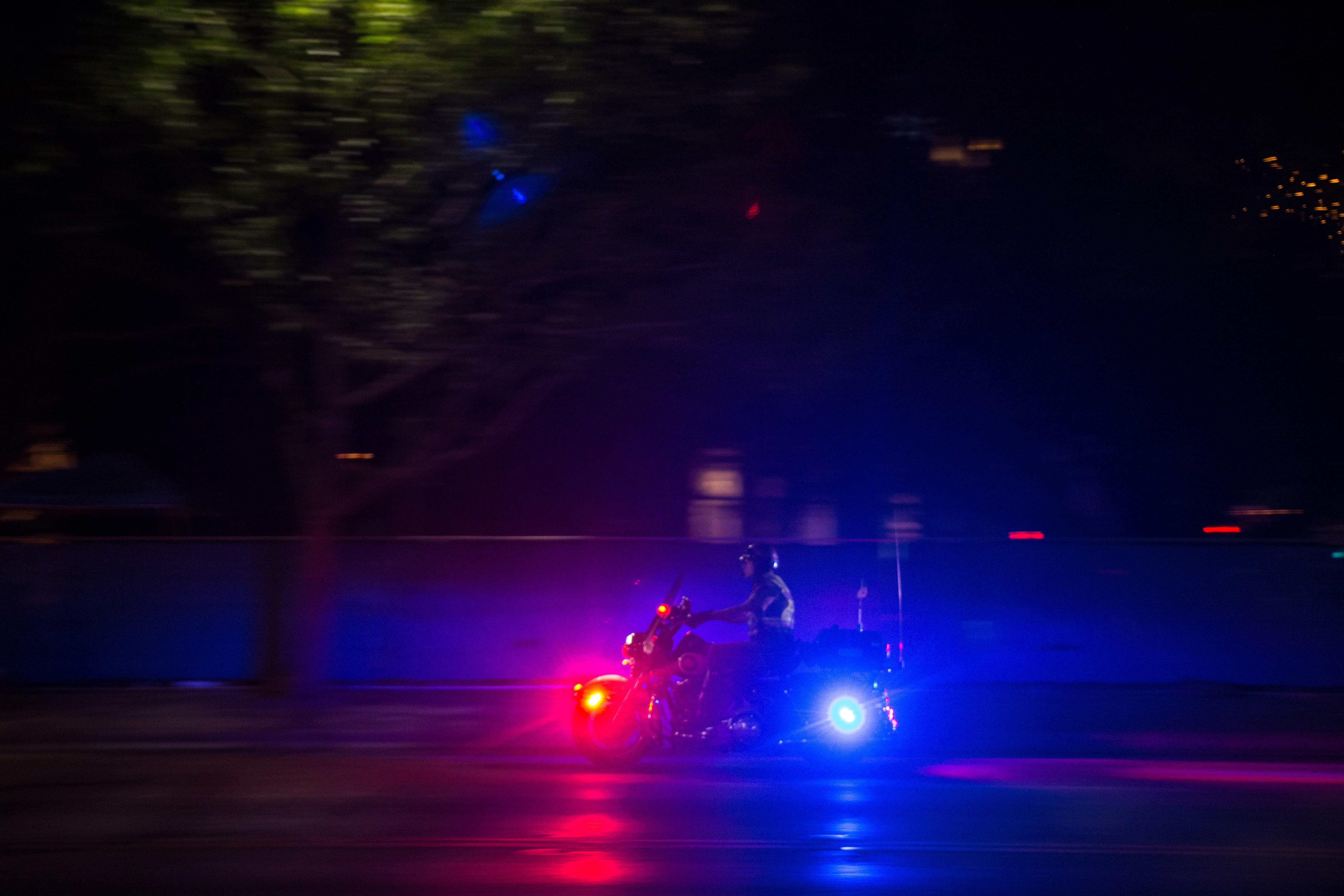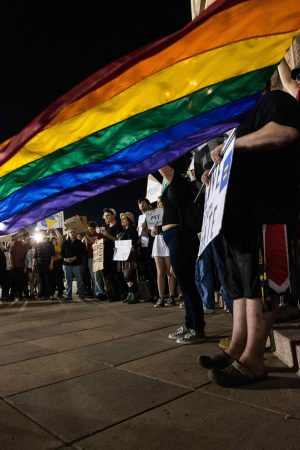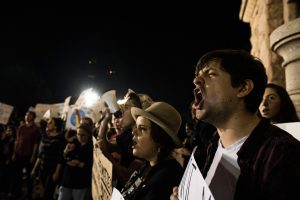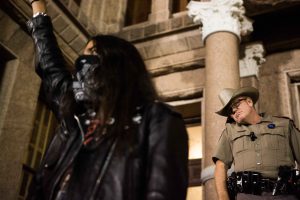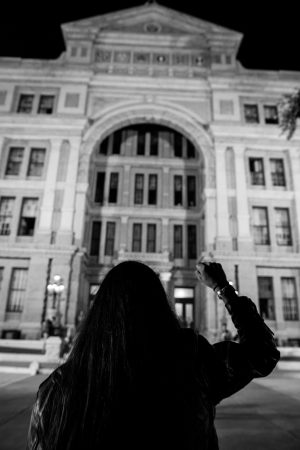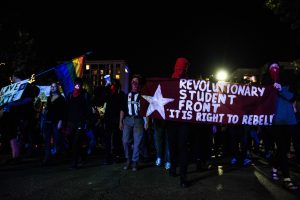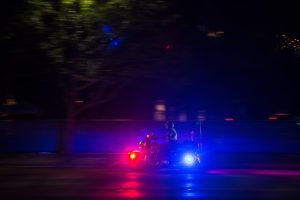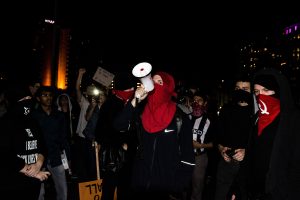Akash Thakkar ’17 Uses Photography to Unveil World Issues
January 27, 2017
The teenager kneels to talk to the refugee child, a trusted translator at his side.
The dark eyes smile up at him and a mutual understanding passes through them, surpassing language and distance. Maybe in the child’s mind there are dreams of the brightest future: a doctor, a singer, or even a photographer. But the reality is, in his situation, many of his dreams will not be offered even as a possibility.
Akash Thakkar ‘17 wants to change this with his photography.
It all began as an outlet to combine the things he loved. Ever since he was seven years old, Thakkar has pursued his passion for pictures. Starting with wildlife photography on family vacations, over the years he has traveled to many places pursuing different subjects such as landscape and more recently, political unrest. The themes of his photos revolve around issues he feels strongly about, including education, wildlife preservation, or economic inequality.
“When I was seven years old, I really loved traveling and animals,” Thakkar said. “So one day I was just like, photography, because it does both of those.”
At first, he primarily focused on wildlife and animals, and even began to work with mentors at workshops.
“I went to Montana for a wildlife workshop, at a reserve,” Thakkar said. “The animals are all captive and they have enclosures, but there are no fences really. There’s like a small three-feet chicken fence separating us and like, a tiger.”
Wanting to use his wildlife photography to support environmental preservation causes, Thakkar started an organization, Serve to Preserve. On the website, he began to upload his photos and links to various wildlife preservation organizations to spur discussion and promote change. Over time, however, his subjects began to differ.
“I did a photography workshop in Utah at Canyonlands National Park, and there I did landscape and astrophotography,” Thakkar said. “That was the first time I had branched out in photography and had tried learning that stuff.”
After experimenting with different styles and winning the Jamestown Audubon Photo Contest for a landscape submission, Thakkar found a new passion by traveling to India in the summer of 2015.
“It was my first time going in five or six years, and this time I had goals in mind with street photography and culture,” Thakkar said. “That really was a good experience for me because that’s when I stepped up what my subject area is. Now I try doing more people photography and more political and cultural stuff. I got interested in the economic disparity in India and the institutionalized structure that disadvantages certain groups.”
One day, Thakkar watched a documentary on a refugee camp in Jordan and was intrigued by the life that went on behind the borders. He wanted to photograph the life of the refugees, and began to do some research.
“I found a contact who owns a hotel at the refugee camp in Jordan and I emailed like 70 UNICEF people and finally got one response,” Thakkar said. “We got confirmation in April that we had permits to go to the camp, because it’s restricted to go the one I went to in Jordan. It took a very long time.”
At the refugee camp, Thakkar not only took many photographs but also learned more about the limited opportunities offered to refugees.
“I was talking to the kids in this learning center with literacy and psychotrauma help,” Thakkar said. “We were talking to this 13-year-old boy Muhammad, who’s a child laborer. We asked him what he wanted to do with his future and he said, ‘Construction’. It’s just sad because their futures are capped.”
Eventually Thakkar wishes to visit other places in the world and advocate for international peace while bringing light to specific issues with his photography.
“Right now, I’m going to go to UT with a major in International Relations or International Business,” Thakkar said. “I’m really interested in peace and conflict and more diplomacy stuff, and I think that would also allow me to take photos of these different situations. I really want to do more Middle East, and eventually one day, I’ll go to Gaza. It’s really cool because you hear about these places on the news, but these conflict-plagued areas they still have so many normal and daily life stuff.”
Although his photos aim to spur change in other people, Thakkar says photography has taught him some of the most valuable lessons.
“One thing is patience and perseverance,” Thakkar said. “I think if you have a passion and persevere and try to achieve that passion, it pushes you to push for actualization and try to make the stuff you want to make something happen. Eventually it will get to a point where you will change everything to make what you want to happen, happen.”

